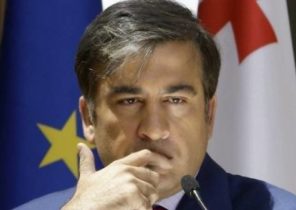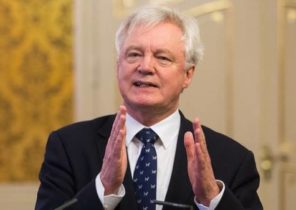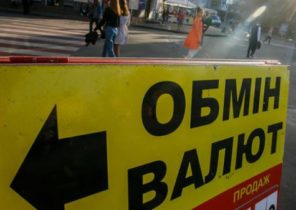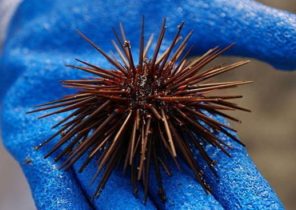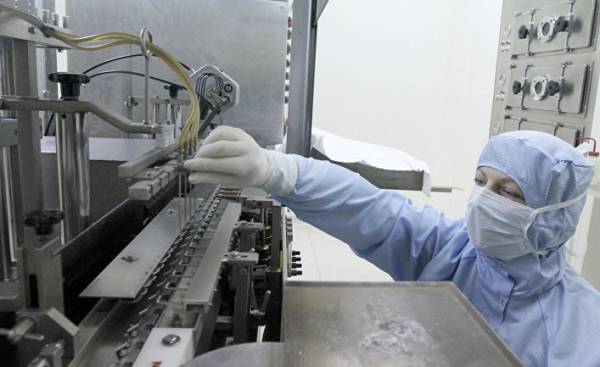
The main neologism of 2014 was the word “import substitution”. It was designed to prove Russia’s ability to do without Western technology in the active re-industrialization of the country, to underscore the economy’s resilience in the face of international sanctions and strengthen sovereignty.
July 15, Vladimir Putin noted the success of aviation, rocketry, pharmaceuticals and electronics. The auto industry also shows good performance: almost 80% of sold in Russia of cars going in the country (ibid produced 65% of the components). Nevertheless, it is the result of long-term policies: the major manufacturers have moved production facilities there back in 2000-ies. Against the background of an ageing population the demand for pharmaceutical products is growing, which attracts a large international company. Those are localizing production through licensing agreements with Russian companies to circumvent many protective measures. From 2014 to 2016, the share produced in Russia drugs increased from 24% to 30%. By all logic, the success of import substitution are observed in areas where there is a high demand, growth potential and minimal risk.
Released in April, the research Center for macroeconomic analysis and short-term forecasting for the first time demonstrates the numbers policy of re-industrialization. It notes that import, paradoxically, has decreased more rapidly between 2008 and 2013, and for the last three years, even taking into account the exchange rate changes. Progress is in the least innovative industries like meat processing and dairy industries. In the automotive industry and mechanical engineering in turn can be traced rather negative trends.
The technological gap
The main task of Russia is to catch up in terms of technology. The economist Yakov Mirkin, a consultant to the Kremlin on economic policy, notes, “our main goal is to maintain the current level, because the technological gap continues to grow”.
All this said the scandal around Siemens turbines that have been delivered to the Crimea in early July in violation of international sanctions. It became clear that Russian industry is not able to produce turbines of high power, they needed the Peninsula for three years.
According to the economist Vladimir Salnikov, “our specialty is natural resources and primary processing, as well as a small group of completed products and the defense industry. Quick change this specialization is impossible.” “Other industries are much more in need of lifting productivity,” he said.
The sore spot is that investment in research and development work do not meet the necessary requirements. According to the OECD, they account for 1.13% of GDP in Russia, compared to 2.29% in France. In addition, Russia’s share in the total R & d expenditure has decreased from 3% in 2014 to 2.6% in 2016, noted in the Industrial Research Institute.

